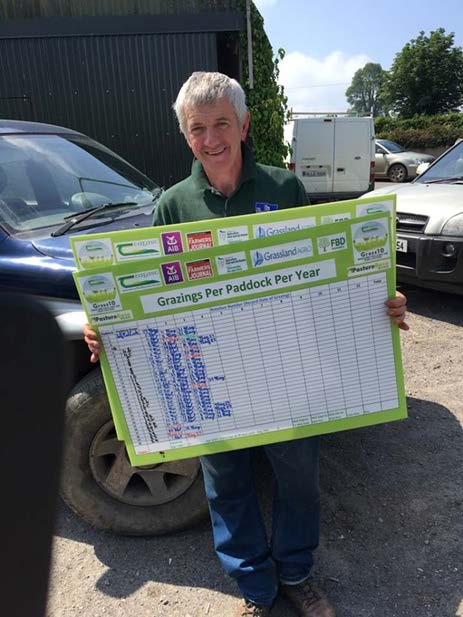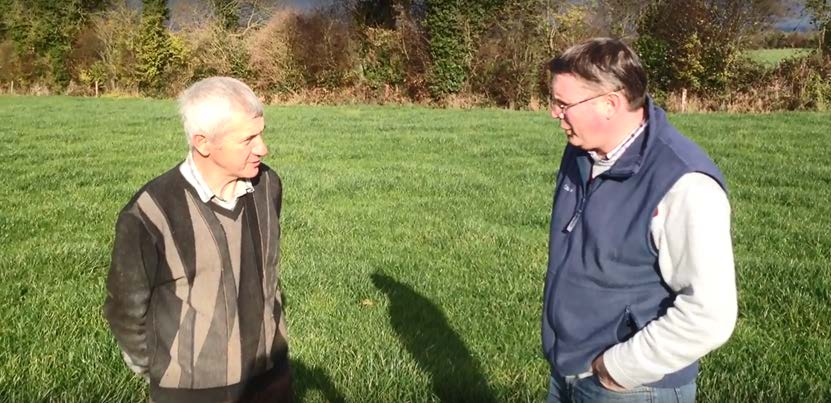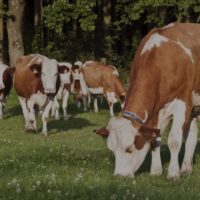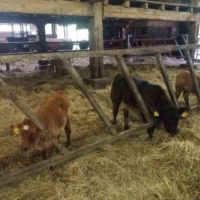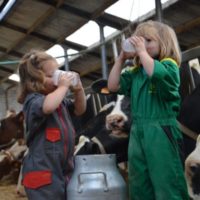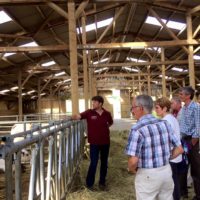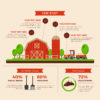Description
Background
Robert O’Dea is walking his farm every week and grass budgeting to maximise the proportion of grass in the cows diet and to extend the number of days at grass on his farm.
Measuring grass helps Robert to:
- Take the guesswork out of managing grass
- Identify grass surpluses and deficits quickly
- Know when to reduce, or cut out, meal feeding in spring
- When in deficit, calculate extra meal or silage needed to feed the herd
- Follow a spring rotation planner to deliver high quality swards for summer grazing
- Know when to start the 2nd rotation in spring
- Know when to end the last grazing rotation in autumn
- Build up extra grass cover in late summer for grazing in autumn
- Know when and how to react to a constantly changing grass supply on the farm
- Decide on the grazing plan for the week and keep all staff informed on decisions
Detailed description
Robert is part of a number of discussion groups where he can benchmark his grassland performance against other members of the group. Robert likes using PastureBase Ireland as it is a data-base where he can analyse his farms grassland performance.
PastureBase allows Robert to:
- Benchmark your performance against farmers in your discussion group
- Build a comprehensive grass database for your farm to help you in years to come
- Calculate the tonnes of grass grown by each paddock each year
- Identify paddocks with low annual tonnage and earmark them for reseeding
Maintaining a constant supply of high quality green leafy grass can be easily achieved by walking paddocks weekly and measuring the amount of grass on the farm. Poor grazing management leads to fluctuation in pre-grazing yields, with problems of not enough or too much grass on the farm.
Robert began measuring grass using the cut and weigh method. He has since then developed his eye to be able to identify grass covers in paddocks (eye-balling).
Cut and Weigh Method:
- A 0.5m x 0.5m quadrat is placed in an area that is representative of the amount of grass in the paddock.
- The grass within the quadrat is cut to between 3.5 and 4cm.
- The following equation is used to calculate the DM yield in the paddock:
Weight of grass (kg) x grass DM% x 40,000 = kg DM/ha in the paddock - Example: Grass cut within the quadrat weighs 200g (0.200 kg)
(Remember to subtract the weight of the empty bag) Grass DM% = 16% (0.16) 0.200 kg x 0.16 x 40,000 (there are 40,000 quadrats in a hectare) = 1,280 kg DM/ha.
Adoption criteria
- Discussion group member
- Registered on PastureBase Ireland
- Walks the farm once per week
- Contacts his advisor when guidance is required to make good decisions
Future prospects
Grassland measurement has allowed Robert to:
- Increase milk output per cow and per hectare
- Reduce variable costs such as concentrates and silage on his farm
- Carry more livestock as grass growth increases on the farm
- Increase the amount of quality grass in the cows diet
- Less workload feeding silage, meal etc.
- Overall, Robert is making more profit through quality grass!

